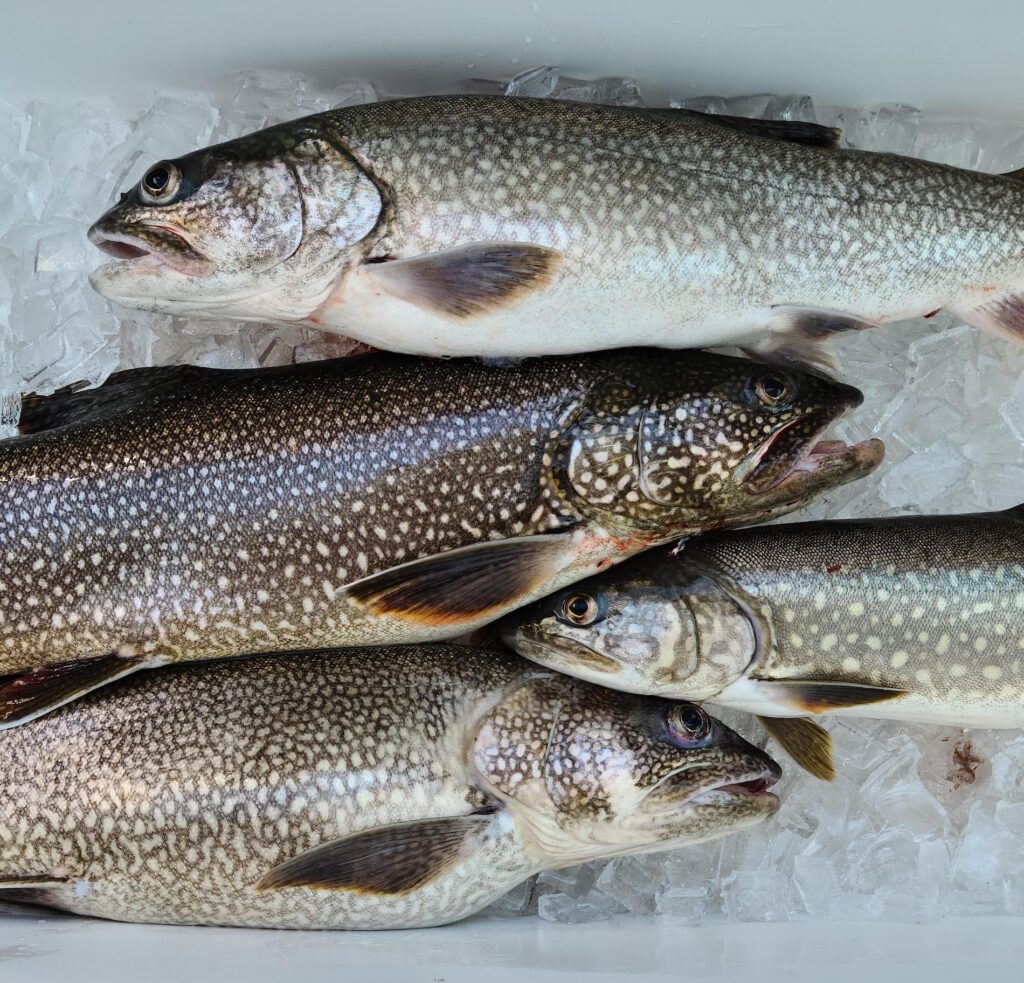Energy storage in old mines could be the next big industry in the U.P.
Michigan’s Upper Peninsula may be primed for a major hydroelectric future because of its underground mining past. Scientists at Michigan Technological University in Houghton, MI believe it may be possible for hundreds of abandoned mines to be transformed into pumped water storage facilities. Read the full story by MLive.
Great Lakes Commission
https://www.glc.org/dailynews/20241122-mine-energy-storage



 I’m in a new role as “She Who Takes Care of the Wild Rice,” our most precious gift. Peter and Lisa David previously worked with the Great Lakes Indian Fish & Wildlife Commission as wildlife and Manoomin biologists and retired about three years ago. GLIFWC reorganized and created two roles: wetland ecologist and my position that integrates traditional knowledge and culture to build relationships with rice chiefs and tribal communities to give a voice to manoomin.
I’m in a new role as “She Who Takes Care of the Wild Rice,” our most precious gift. Peter and Lisa David previously worked with the Great Lakes Indian Fish & Wildlife Commission as wildlife and Manoomin biologists and retired about three years ago. GLIFWC reorganized and created two roles: wetland ecologist and my position that integrates traditional knowledge and culture to build relationships with rice chiefs and tribal communities to give a voice to manoomin.  How I see it, manoomin are other beings that experience how the weather can shift in our seasons. It’s happening today. Climate change has extreme water fluctuations, from extreme rain and flooding, to less snowpack and droughts. This impacts rivers and streams, which shifts the channels of water going into rice water bodies. When there is a slower movement of water, we see things like lily pads and other native plants encroaching on rice. Those who work with manoomin recognize its sensitivity. We have estimated that nearly half of the historic range of manoomin has been lost due to habitat loss, decreased water quality and human activity where it had once thrived for thousands of years.
How I see it, manoomin are other beings that experience how the weather can shift in our seasons. It’s happening today. Climate change has extreme water fluctuations, from extreme rain and flooding, to less snowpack and droughts. This impacts rivers and streams, which shifts the channels of water going into rice water bodies. When there is a slower movement of water, we see things like lily pads and other native plants encroaching on rice. Those who work with manoomin recognize its sensitivity. We have estimated that nearly half of the historic range of manoomin has been lost due to habitat loss, decreased water quality and human activity where it had once thrived for thousands of years.  Non-tribal members can play a crucial role in protecting manoomin. They can contribute by learning and respecting our indigenous knowledge, but they have knowledge themselves that they can share. It can be a cultural exchange. They can educate themselves about the cultural significance of manoomin to our communities, especially to Ojibwe people, and learn about the spiritual and ecological importance of this native grain. They can advocate for legal protections and support initiatives like the Rights of Manoomin like Minnesota is doing. They can advocate for legal protections in other parts of the state.
Non-tribal members can play a crucial role in protecting manoomin. They can contribute by learning and respecting our indigenous knowledge, but they have knowledge themselves that they can share. It can be a cultural exchange. They can educate themselves about the cultural significance of manoomin to our communities, especially to Ojibwe people, and learn about the spiritual and ecological importance of this native grain. They can advocate for legal protections and support initiatives like the Rights of Manoomin like Minnesota is doing. They can advocate for legal protections in other parts of the state. 






